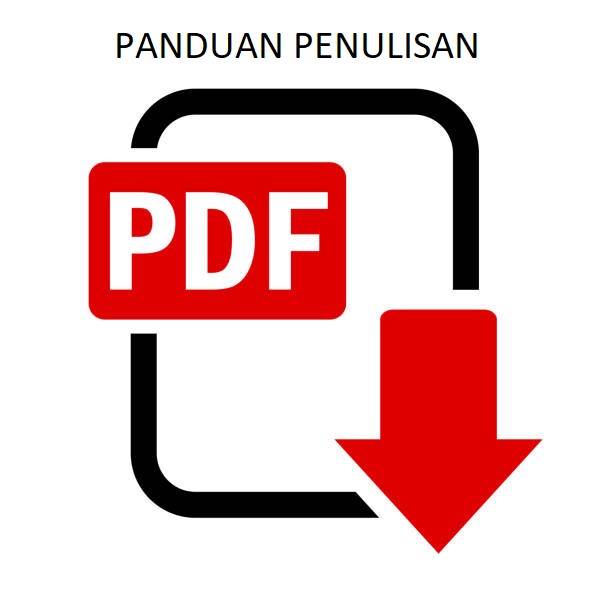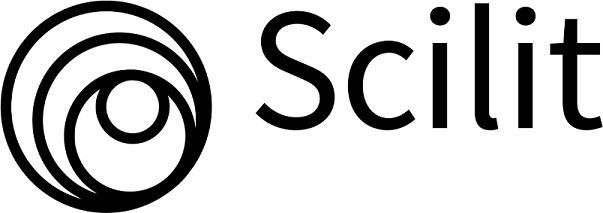Analysis of The Effect of Electric Current Strength in Shield Metal Arc Welding on The Hardness, Impact and Microstructure of Stainless Steel 304
DOI:
https://doi.org/10.35814/teknobiz.v15i1.8557Keywords:
SMAW, Emisi Karbon, Arus Listrik, Pengelasan, Stainless Steel 304Abstract
Shielded Metal Arc Welding (SMAW) is a welding process that is widely used because of its simplicity, versatility, and cost-effectiveness. However, in the process, there is a lot of wasted energy, reducing the benefits of the existing energy source, namely electricity. Increasing environmental pollution causes carbon emissions to increase. This study tested the results of SMAW welding against Stainless Steel 304 material by varying it into two factors and three levels. Stainless Steel 304 material is used because it is easy to obtain and is often applied in the industrial world. The types of testing are Visual Metalography and Destructive Test (DT). Observation results visual metalography show that the microstructure has changed in the welding area. While the DT used is the hardness test, and impact test. The DT test results experienced an increase in value, namely the hardness test and impact test. While the tensile test experienced a decrease in value. The factor that most effects visual metalography and DT is the Electric Current used.
Downloads
References
[2] J. O. Olawale, S.A. Ibitoye, K. M. Oluwasegon, M. D. Shittu, and R. C. Ofoezie, “Correlation between Process Variables in Shielded Metal-Arc Welding (SMAW) Process and Post Weld Heat Treatment (PWHT) on Some Mechanical Properties of Low Carbon Steel Welds,” Journal of Minerals and Materials Characterization and Engineering, vol. 11, no. 09, pp. 896–903, 2012, doi: 10.4236/jmmce.2012.119085.
[3] Lea Mathias, “Material Characterization with Digital Image Correlation: Understanding the properties and behavior of materials through various testing methods, such as tensile, hardness, and impact testing, to determine their mechanical, thermal, and chemical characteristics,” Departemen of Mechanical Engineering, University of California, 2023 Vol. 5 No. 2 ISSN;2708-7735.
[4] R. Chiong, N. Khandoker, S. Islam, and E. Tchan, “Effect of SMAW parameters on microstructure and mechanical properties of AISI 1018 low carbon steel joints: An experimental approach,” in IOP Conference Series: Materials Science and Engineering, Institute of Physics Publishing, 2019. doi: 10.1088/1757-899X/495/1/012093.
[5] Zbigniew H. Stachurski,” Testing Materials’ Hardness Science, Technology & Application”, Department of Engineering, College of Engineering and Computer Science The Australian National University, Canberra, ACT 2006.
[6] Ilhan Cekic, Kadir Cavdar, “Building up Mathematical Modeling Using Spot Welding Parameters and Prediction Weld Nugget by Minitab” European Mechanical Science, e-ISSN: 2587-1110.
[7] N. Finahari and M. Agus Sahbana, “Analisa Pengaruh Variasi Media Pendingin Air Dan Oli Pada Sambungan Lap Joint Terhadap Sifat Mekanik Menggunakan Las Smaw (DC),” vol. 11, no. 1, pp. 35–42, 2019.
[8] E. Espinel-Blanco, N. Y. Perez-Rangel, and E. Florez-Solano, “Fracture failure analysis of metal materials by visual inspection and destructive testing,” in Journal of Physics: Conference Series, IOP Publishing Ltd, Oct. 2021. doi: 10.1088/1742-6596/2046/1/012060.




















